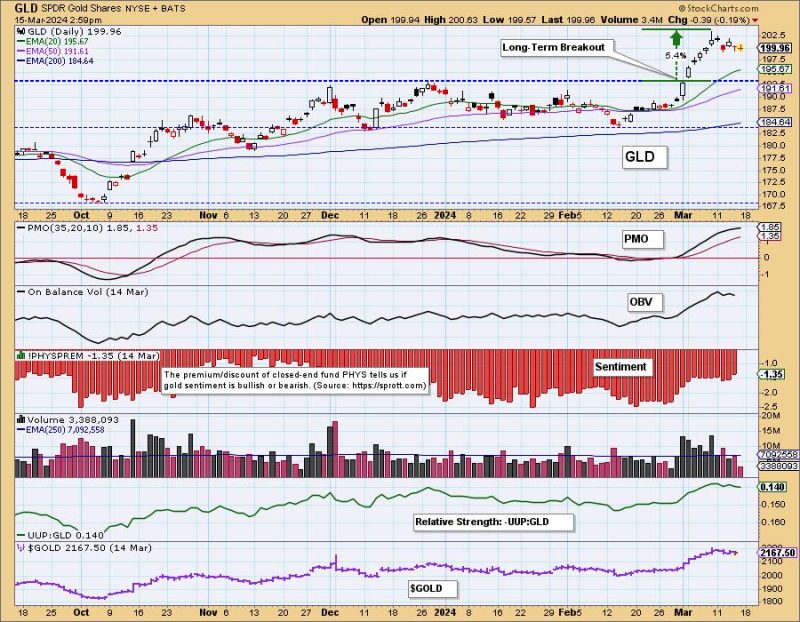Gold has always been a symbol of wealth and power throughout human history. From ancient civilizations to modern economies, the allure of this precious metal has remained constant. Investors have long seen gold as a safe haven asset, offering stability and protection in times of economic uncertainty. In recent years, gold has seen a resurgence in popularity as a key component of long-term investment strategies.
One of the key factors driving the recent breakout for gold is the economic uncertainty stemming from global events such as trade wars, political instability, and the ongoing COVID-19 pandemic. In times of crisis, investors often turn to gold as a hedge against market volatility and currency fluctuations. The perception of gold as a safe store of value has only been reinforced by the unprecedented fiscal and monetary measures taken by governments and central banks to stabilize economies.
Another significant driver of gold’s long-term breakout is the low interest rate environment seen in many parts of the world. With interest rates at historically low levels, the opportunity cost of holding gold, which does not generate interest or dividends, has decreased. This has made gold more attractive to investors seeking alternative assets to traditional equities and bonds.
Central bank policies have also played a role in boosting gold prices. Many central banks have been actively increasing their gold reserves in recent years as a diversification strategy to reduce their exposure to the US dollar and other currencies. The increased demand for gold from central banks has further supported its price and created a positive outlook for the metal in the long term.
Additionally, the rise of exchange-traded funds (ETFs) focused on gold has made it easier for retail investors to gain exposure to the precious metal. Gold ETFs offer investors a convenient way to invest in gold without the need for physical storage or handling, making them an attractive option for those looking to diversify their portfolios.
Looking ahead, there are several key factors that could continue to drive gold’s long-term breakout. Continued geopolitical tensions, ongoing central bank gold buying, and the potential for further economic uncertainty are all factors that could support gold prices in the years to come. As investors seek to protect their wealth and preserve capital in an uncertain world, gold is likely to remain a valuable asset in their portfolios.
In conclusion, the recent decisive long-term breakout for gold is driven by a combination of economic uncertainty, low interest rates, central bank policies, and the rise of gold ETFs. As a safe haven asset with a long history of retaining its value, gold is well-positioned to continue its upward trajectory in the coming years. Investors looking to diversify their portfolios and protect against market volatility would do well to consider allocating a portion of their assets to gold as part of a well-rounded investment strategy.
